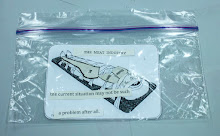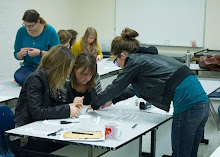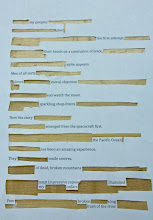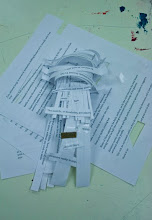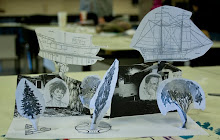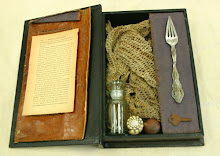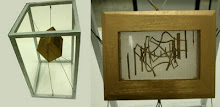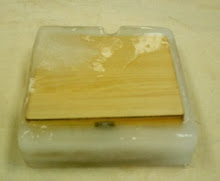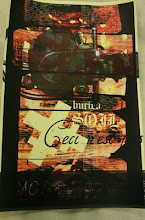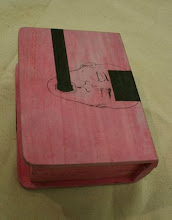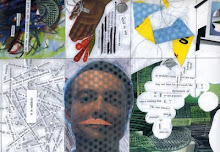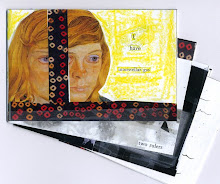[Personism] was founded by me after lunch with LeRoi Jones on August 27, 1959, a day in which I was in love with someone (not Roi, by the way, a blond). I went back to work and wrote a poem for this person. While I was writing it I was realizing that if I wanted to I could use the telephone instead of writing the poem, and so Personism was born. It’s a very exciting movement which will undoubtedly have lots of adherents. It puts the poem squarely between the poet and the person, Lucky Pierre style, and the poem is correspondingly gratified. The poem is at last between two persons instead of two pages.Burt elucidates O'Hara's "point":
[Personism] consisted of the smitten O'Hara's realization that love poems might not differ in intention, nor in effect, from phone calls: "I realized that if I wanted to I could use the telephone instead of writing the poem, and so Personism was born." Poems, in other words, are only one kind of intimate communication, and ought to be at least as impressive, at least as personal perhaps, as the others (even if their forms differ). Every poem is or could be a "Personal Poem" (an O'Hara title), with an "I" and a "you," and a hope, not that Heaven will favor the poet, but that "one person out of the 8,000,000 is / thinking of me."We considered these passages as we read aloud "Why I Am Not a Painter."
Another of the poems we read this week, "Having a Coke with You," has been illustrated by the artist Nathan Gelgud. You can check that out here.
And this reminds me of a video student Juliet San Nicolas made for this class. It's called "Dear Frank," and you can watch it here.




























